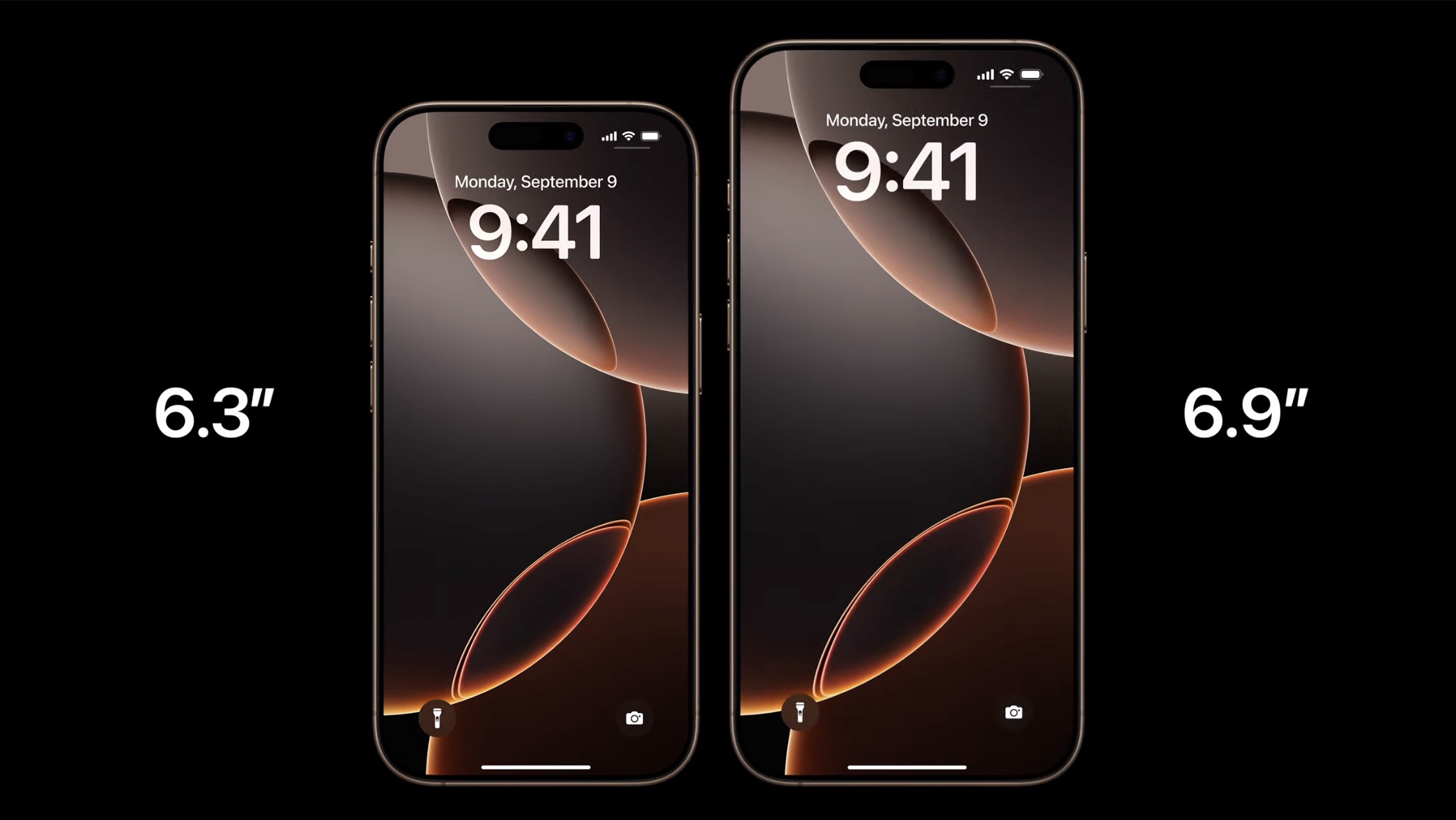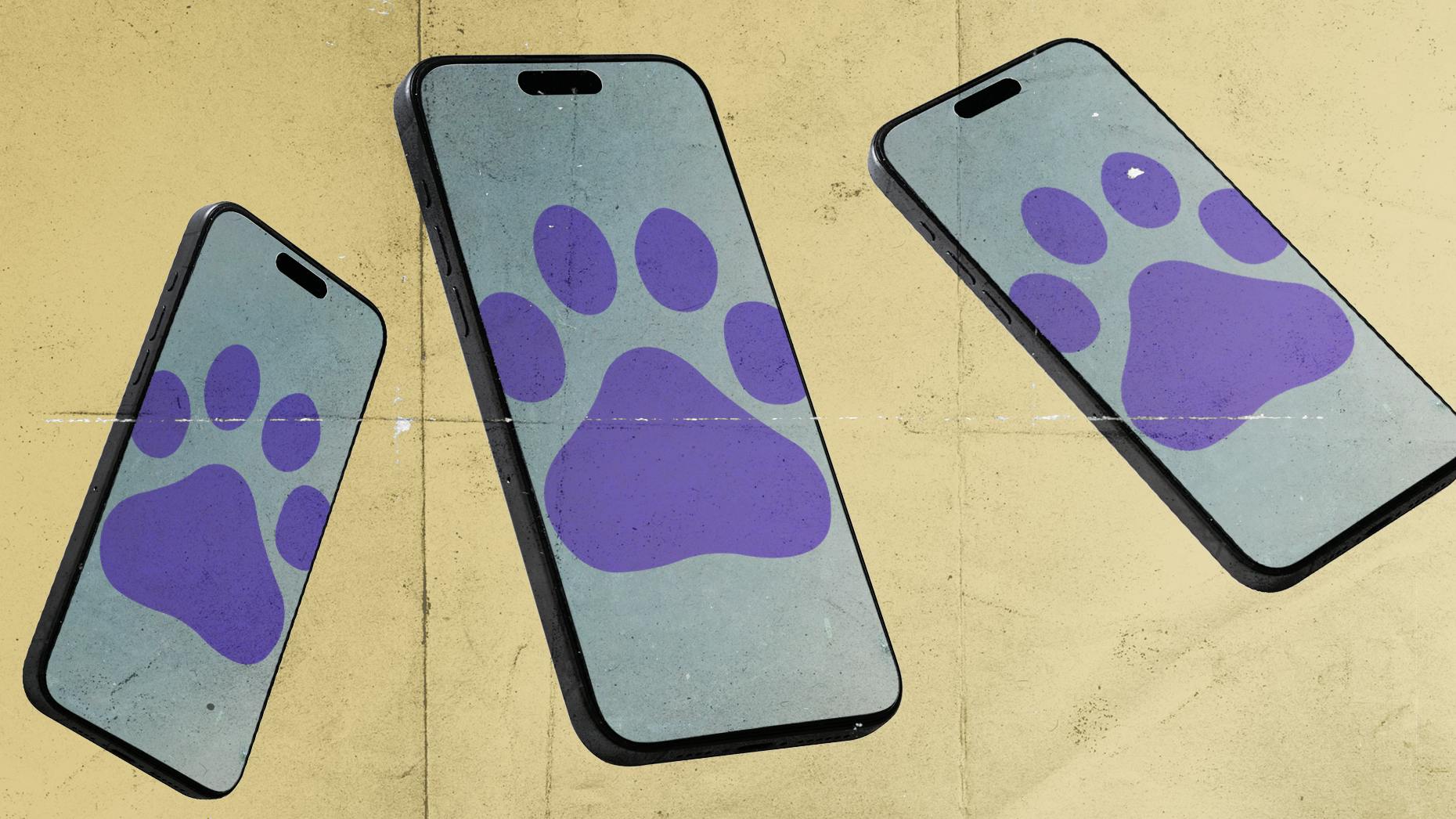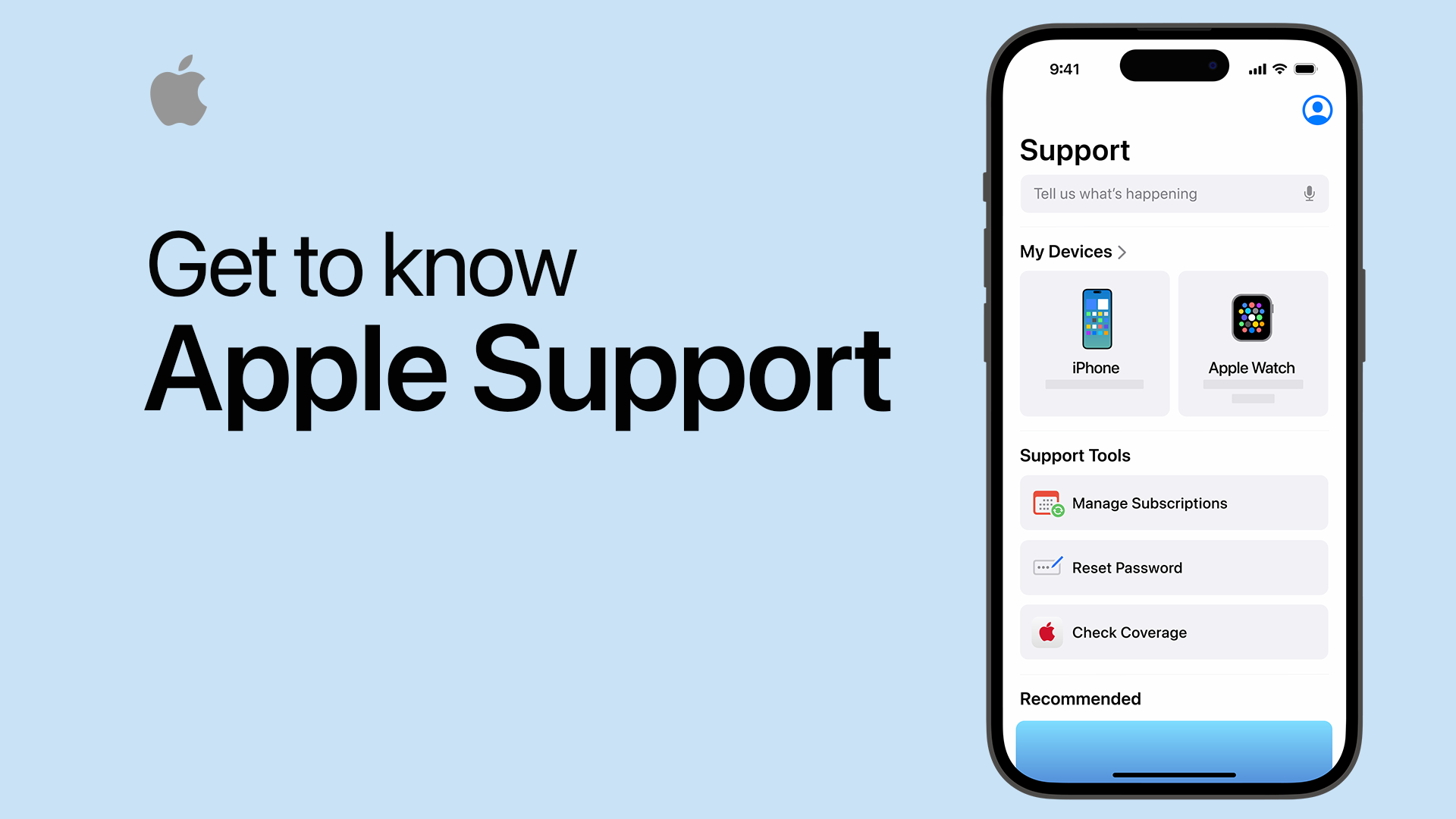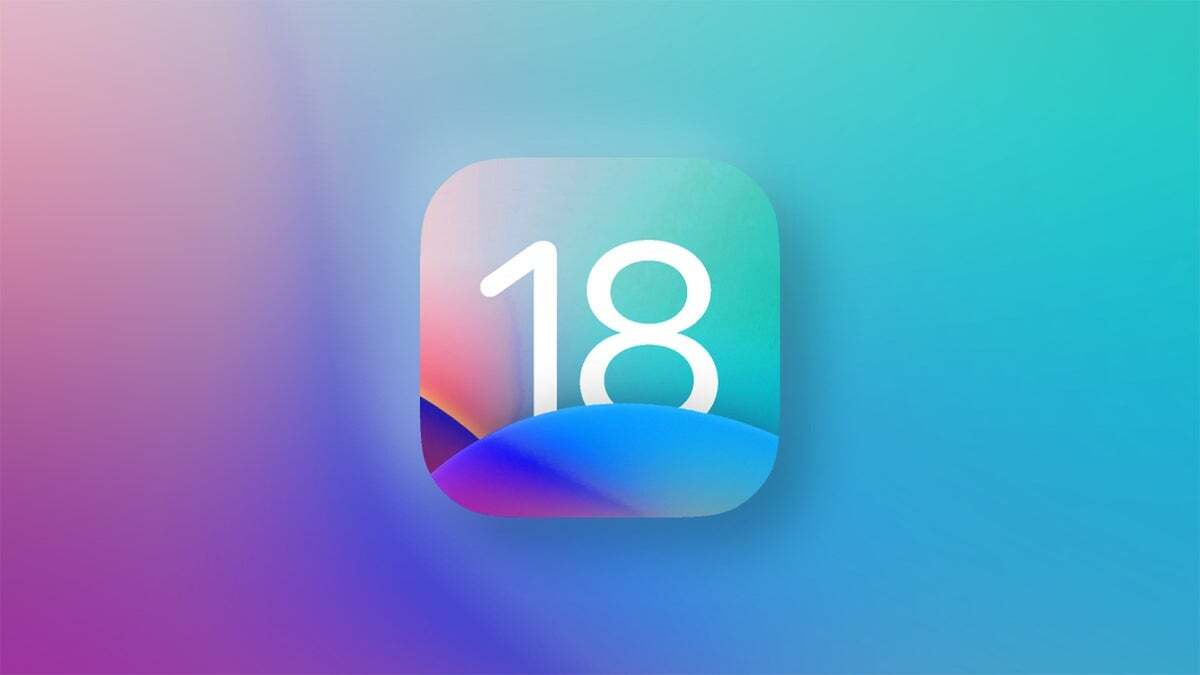
the iPhone – Features, Innovations, and Future Trends
The iPhone has been a pioneer in the smartphone industry since its launch, continuously evolving with each iteration. As we delve into the world of the iPhone, we will explore its latest features, the upcoming <a href="https://betopixs.com/iOS-18/”>iOS 18, and the implications of RCS for messaging.
IPhone

The iPhone is not just a device; it’s an experience that has redefined how we communicate, work, and interact with technology. Apple’s flagship product has consistently set benchmarks in the mobile market, combining cutting-edge hardware, innovative software, and a user-centric approach. Here, we will dissect what makes the iPhone so special and how it maintains its status as a leader in the smartphone arena.
Evolution of Design
When the first iPhone debuted in 2007, it changed the landscape of mobile devices forever. Apple’s commitment to elegant design has remained constant, with each new model showcasing refined aesthetics.
The transition from the original iPhone to the latest models highlights Apple’s keen eye for detail. The materials used, the precision of the manufacturing process, and the overall design philosophy contribute significantly to the allure of the iPhone. Each iteration sees not just physical changes, but also innovations that enhance user experience.
For instance, the introduction of glass backs, stainless steel frames, and ceramic shields have all played a role in making the phone more resilient. The colors and finishes available also reflect current trends, allowing users to express their individuality through their devices.
Performance and Hardware Advances
At the heart of every iPhone is its robust hardware. Over the years, Apple has developed its own processors, such as the A-series chips, which continue to outperform competitors in speed and efficiency.
The latest models include advanced capabilities like neural processing units, which are essential for Machine learning tasks. This means better performance in gaming, augmented reality applications, and even photography enhancements. When combined with high-performance memory and storage options, it becomes evident why the iPhone continues to dominate the market.
Additionally, battery life has seen significant improvements. With optimization in both hardware and software, users can now expect longer usage times without compromising on performance. This reflects Apple’s dedication to providing a seamless experience for its users, allowing them to stay connected for longer periods.
Camera Innovations
Photography has become one of the defining features of the modern iPhone. With each new release, Apple invests heavily in camera technology to ensure that users can capture stunning images with ease.
The recent models come equipped with multiple lenses, advanced computational photography features, and improved low-light performance. These innovations allow for professional-grade shots right from the palm of your hand. Features like Night Mode, Deep Fusion, and Smart HDR help photographers at all levels create remarkable images.
Moreover, videography capabilities have also been enhanced. Users can shoot in 4K resolution, utilize cinematic mode for depth-of-field effects, and even edit videos directly on the device. The combination of hardware and software advancements positions the iPhone as a preferred choice for content creators and casual users alike.
User Experience and Ecosystem Integration
One of the standout elements of the iPhone is the cohesive experience it offers. The integration of hardware and software creates an ecosystem that is unparalleled.
With iOS, users have access to a wide range of applications designed to maximize the potential of the iPhone. From productivity tools to entertainment options, the App Store provides an extensive selection tailored for various needs. Furthermore, the continuous updates and support ensure that users always have access to the latest features.
Apple’s surrounding ecosystem—including the iPad, Mac, Apple Watch, and AirPods—enhances the iPhone experience further. Handoff, Continuity, and Universal Clipboard are just some features that allow seamless transitions between devices, promoting productivity and convenience.
IOS 18
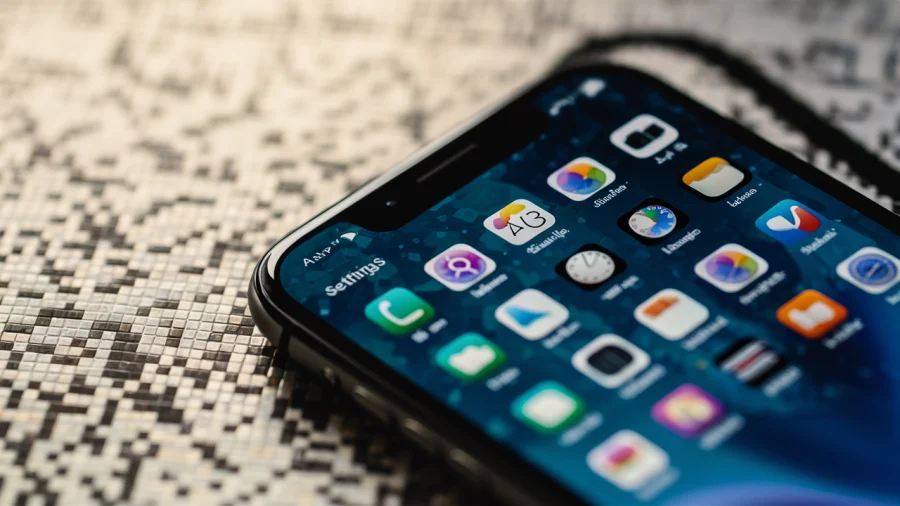
As technology evolves, so does the operating system that powers the iPhone—iOS. The anticipated iOS 18 promises to bring exciting features and improvements aimed at enhancing usability and functionality for users.
New Features and Enhancements
While specifics about iOS 18 are still under wraps, there is much speculation surrounding the features that could be introduced. Observers anticipate a greater focus on personalization, security enhancements, and smart automation.
Mobile operating systems are increasingly prioritizing user privacy. iOS 18 is expected to introduce more granular controls over app tracking and data sharing, empowering users to take charge of their digital footprints. This move resonates with the growing demand for transparency and consent in data use across platforms.
Additionally, we might see improvements in notifications management, allowing users to customize how and when they receive alerts. Enhanced widget functionalities could provide users with more personalized information at a glance, making the home screen more versatile.
Focus on Artificial Intelligence
Artificial intelligence (AI) continues to shape our interactions with technology, and iOS 18 is likely to leverage AI for a smarter user experience. Machine learning capabilities may be integrated deeper into core functionalities, facilitating smoother operations and automating repetitive tasks.
For example, predictive text might become even more intuitive, adapting to individual typing habits and preferences. Furthermore, AI-driven features could enhance Siri’s capabilities, making it a more capable personal assistant that understands context and intent more effectively.
This shift toward utilizing AI aligns with broader technological trends and signifies Apple’s commitment to remaining at the forefront of innovation. By prioritizing AI, the company aims to enhance user interactions and streamline everyday tasks.
Compatibility and Device Support
One of the most appealing aspects of iOS updates is their compatibility with older devices. Apple has established a reputation for supporting its products for extended periods, ensuring that even older iPhones can benefit from new features and security updates.
With iOS 18, it will be crucial for Apple to determine which devices will be supported. Ensuring a balance between introducing cutting-edge features and maintaining support for previous generations speaks to Apple’s dedication to customer loyalty. This continued support fosters a sense of community among users, allowing them to feel confident about their investments in Apple products.
Impact on App Development
The launch of new iOS versions invariably influences the app development landscape. Developers often optimize or create applications tailored to work seamlessly with the latest features introduced by iOS updates.
iOS 18 may open up new opportunities for developers, encouraging the creation of applications that utilize updated capabilities. For instance, enhanced ARKit features could lead to more immersive augmented reality experiences, while better accessibility options could inspire developers to create inclusive apps for a wider audience.
This ongoing collaboration between Apple and developers serves to enrich the user experience and drive innovation in the mobile application ecosystem, promoting a vibrant marketplace filled with diverse options.
RCS

Rich Communication Services (RCS) represents a significant evolution in mobile messaging, aiming to replace traditional SMS with a more feature-rich platform. Understanding the implications of RCS within the context of the iPhone ecosystem sheds light on the future of communication.
What is RCS?
RCS is a protocol designed to enhance standard messaging capabilities, enabling richer interactions between users. Unlike SMS, which is limited to plain text and basic multimedia, RCS supports group chats, high-resolution image sharing, read receipts, typing indicators, and other modern functionalities.
With RCS, users can enjoy an experience similar to popular messaging applications, fostering a more engaging communication style. It’s particularly beneficial for businesses, allowing them to send branded messages, interactive content, and customer service responses directly to users.
The Role of RCS in the iPhone Ecosystem
As Apple has traditionally relied on its proprietary iMessage service, the impact of RCS on the iPhone remains to be fully realized. While RCS competes with iMessage, its adoption across different platforms poses unique challenges and opportunities.
Apple’s current stance on RCS indicates a cautious approach. However, integrating RCS could offer advantages, especially in terms of cross-platform compatibility. Users who frequently communicate with those on Android devices would benefit from a unified messaging experience that transcends the boundaries of brand ecosystems.
Furthermore, adopting RCS could expand Apple’s reach in regions where SMS remains dominant. By offering a rich messaging experience, Apple can retain existing users while attracting new ones looking for comprehensive communication tools.
The Future of Messaging
The emergence of RCS signals a shift towards a more integrated and feature-rich communication landscape. As messaging becomes an integral part of our daily lives, the expectations for these services will only continue to grow.
The battle for dominance in messaging platforms is heating up, with WhatsApp, Telegram, and Signal gaining traction due to their robust features and security measures. RCS must navigate this competitive environment while continuing to offer unique advantages that appeal to both individuals and businesses.
User preferences will play a critical role in determining the success of RCS. If it can provide a compelling alternative that enhances user experience compared to traditional SMS, it could carve out a significant position in the messaging sphere.
RCS vs. iMessage
A key consideration in the landscape of mobile messaging is the distinction between RCS and iMessage. While RCS aims to establish a universal messaging protocol, iMessage remains exclusive to Apple devices.
In comparing the two, iMessage boasts several advantages, including end-to-end encryption, seamless integration with the Apple ecosystem, and a variety of features that cater specifically to iPhone users. This exclusivity allows Apple to maintain greater control over user experience and security.
However, RCS presents a case for universality. With the ability to connect with users across different platforms, it appeals to those seeking a consistent messaging experience regardless of device type. The question of whether Apple will embrace RCS fully or continue to prioritize iMessage remains a point of speculation.
Conclusion
The iPhone continues to evolve, driven by innovation and consumer demands. As we look forward to iOS 18 and the potential implications of RCS, it’s clear that Apple is committed to shaping the future of mobile communication and user interaction. In a rapidly changing landscape, understanding these developments is crucial for those invested in the world of smartphones and technology as a whole.
From the timeless elegance of the iPhone design to the powerful capabilities of iOS 18 and the dynamic realm of RCS, the journey of the iPhone remains an exciting narrative of progress and transformation. The future holds endless possibilities, and as users, we eagerly await the next chapter in this remarkable story.
